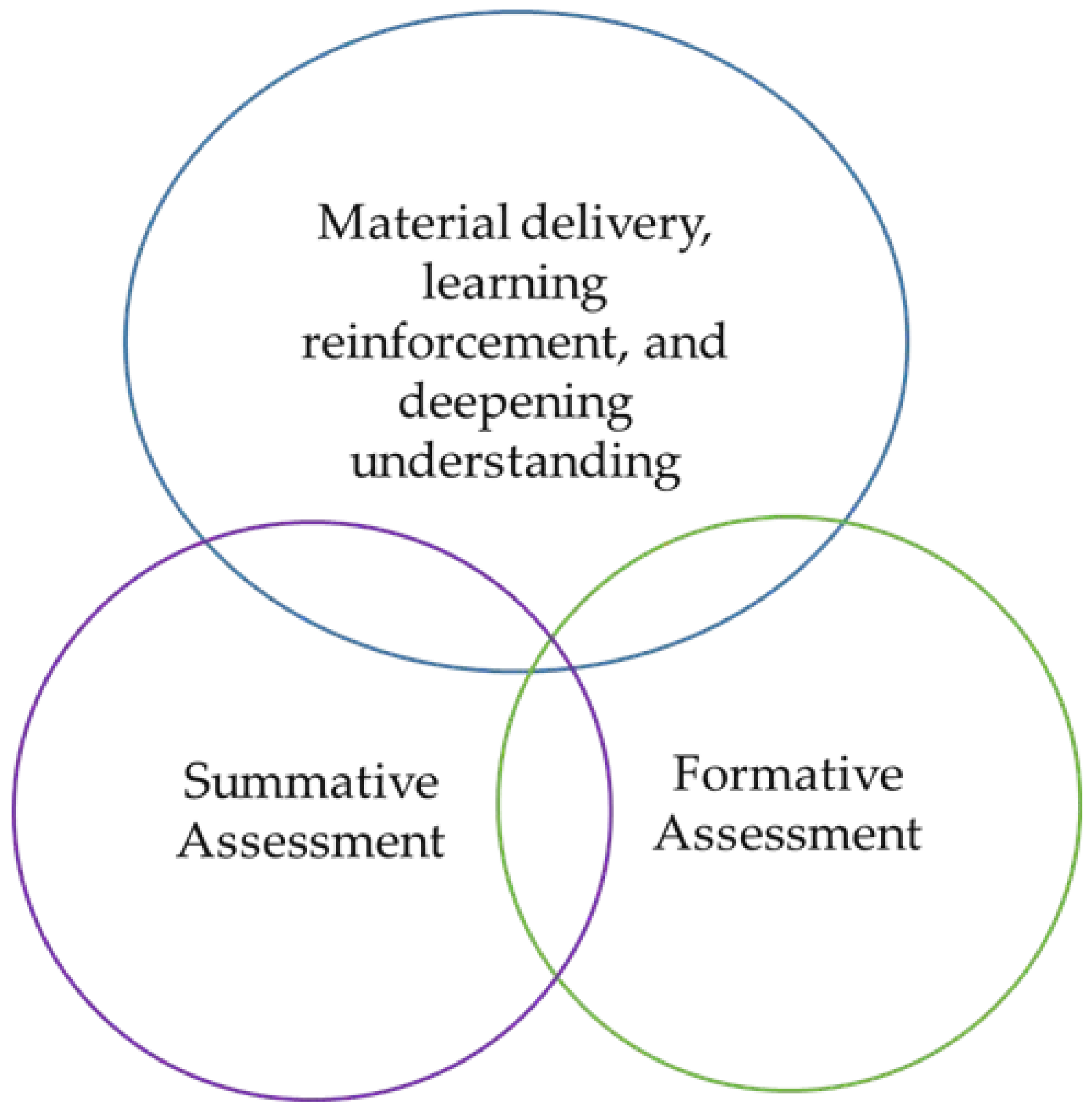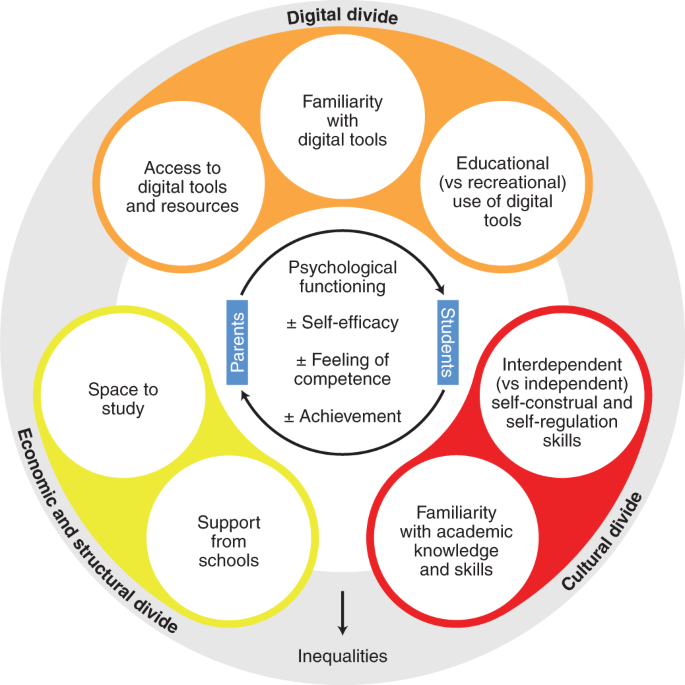Effective remote learning during a pandemic requires robust technology and engaging, interactive content. Clear communication and regular feedback are also essential.
Remote learning has become crucial during the pandemic, demanding innovative approaches to education. Schools and institutions must ensure students have access to reliable technology and internet connectivity. Educators need to create engaging and interactive content to keep students motivated. Clear communication between teachers, students, and parents is vital for addressing challenges and providing support.
Regular feedback helps track progress and identify areas needing improvement. By implementing these best practices, educational institutions can effectively support students’ learning and development during these challenging times.
Technology Infrastructure
Remote learning depends on a solid technology infrastructure. This ensures smooth communication and efficient learning. Schools need the right tools and reliable internet connections. Below are best practices for essential tools and internet accessibility.
Essential Tools
Schools require various essential tools for effective remote learning. These include:
- Computers or Tablets: Students need devices to attend classes.
- Video Conferencing Software: Tools like Zoom or Google Meet are vital.
- Learning Management Systems (LMS): Platforms like Google Classroom help manage coursework.
- Communication Apps: Tools such as Slack or Microsoft Teams aid interaction.
Teachers should receive training on these tools. This ensures they can use them effectively.
Internet Accessibility
Internet accessibility is crucial for remote learning. Not all students have reliable internet. Here are some ways to improve access:
- Provide Hotspots: Schools can distribute portable Wi-Fi hotspots.
- Partner with ISPs: Collaborate with internet service providers for discounts.
- Community Wi-Fi: Set up community internet access points.
- Offline Options: Offer offline resources like downloadable lessons.
Helping students get online ensures everyone can participate. This levels the playing field for all learners.
Teacher Training
Teacher training is critical for effective remote learning during a pandemic. Teachers must adapt quickly to new technologies and teaching methods. Proper training ensures they can engage students and manage virtual classrooms effectively.
Virtual Classroom Management
Managing a virtual classroom is different from a physical one. Teachers need to establish clear rules and expectations from the start. This helps maintain order and keeps students engaged.
- Set clear guidelines for online behavior.
- Use tools like mute and raise hand features.
- Create a schedule for live sessions and stick to it.
Teachers should also use interactive tools to keep students involved. Polls, quizzes, and breakout rooms can make lessons more engaging.
Effective Online Teaching Techniques
Effective online teaching requires different techniques from traditional classrooms. Teachers should focus on short, engaging lessons to keep students’ attention.
- Use multimedia resources like videos and infographics.
- Encourage student participation through questions and discussions.
- Provide immediate feedback to keep students motivated.
Teachers should also personalize learning as much as possible. This can be done by providing individual feedback and adapting lessons to students’ needs.
| Technique | Benefit |
|---|---|
| Multimedia Resources | Keeps lessons engaging and interactive |
| Student Participation | Increases engagement and understanding |
| Immediate Feedback | Helps students stay motivated |
Student Engagement
Engaging students in remote learning during a pandemic is crucial. Without face-to-face interaction, it becomes challenging to keep students motivated. Effective strategies are needed to maintain their interest and participation. Here, we will explore some best practices for student engagement.
Interactive Content
Interactive content keeps students involved and attentive. It transforms passive learning into an active experience.
- Video Lessons: Use videos to explain complex topics. They are more engaging than text.
- Quizzes: Incorporate quizzes after lessons. They help reinforce the material.
- Discussion Forums: Create forums for students to discuss topics. This encourages collaboration and deeper understanding.
Gamification Methods
Gamification incorporates game elements into learning. It increases motivation and engagement.
| Method | Description |
|---|---|
| Points and Badges | Reward students with points and badges for completing tasks. |
| Leaderboards | Display leaderboards to foster a sense of competition and achievement. |
| Challenges | Set up challenges that students can complete to earn rewards. |

Credit: www.scribd.com
Parental Involvement
Parental involvement is crucial for successful remote learning during a pandemic. Parents play a key role in supporting their children’s education. They can help create a productive learning environment at home. Parents can also improve communication with teachers.
Communication Strategies
Clear communication helps parents and teachers work together. Here are some effective strategies:
- Regular updates: Teachers should send weekly updates to parents.
- Virtual meetings: Schedule online meetings to discuss progress.
- Feedback loops: Encourage parents to share feedback.
- Use of apps: Use apps for quick communication.
These strategies ensure everyone stays informed. They help address issues quickly.
Home Learning Environment
Creating a good home learning environment is essential. Here are some tips to set up the right space:
| Aspect | Tips |
|---|---|
| Quiet Area | Choose a quiet place for studying. |
| Comfortable Furniture | Use a comfortable chair and desk. |
| Good Lighting | Ensure the area is well-lit. |
| Minimal Distractions | Keep distractions away from the study area. |
Assessment Methods
Assessment methods are crucial for remote learning success. They help educators measure student progress. Effective methods ensure fair and accurate evaluations.
Online Testing Tools
Online testing tools are essential for remote assessments. They offer various features to enhance the testing experience.
- Automated Grading: Saves time and reduces errors.
- Question Banks: Provides a pool of questions for random tests.
- Timed Tests: Ensures students complete tests within a set period.
Popular online testing tools include:
| Tool | Features |
|---|---|
| Google Forms | Customizable quizzes, automated grading |
| Kahoot! | Interactive quizzes, real-time feedback |
| Quizizz | Gamified quizzes, detailed reports |
Formative Assessments
Formative assessments help monitor student learning. They provide ongoing feedback to improve teaching and learning.
- Exit Tickets: Students answer a question before leaving the class.
- Polls: Quick checks for understanding during lessons.
- Discussion Boards: Platforms for students to share thoughts and ideas.
These methods keep students engaged and informed. Formative assessments are less stressful than exams.
Mental Health Support
Supporting mental health is crucial during remote learning. The pandemic has increased stress and anxiety for many students. Schools must implement best practices to ensure students’ well-being. Here are some effective strategies.
Counseling Resources
Providing easy access to counseling resources is essential. Schools can offer virtual counseling sessions. These sessions should be available during school hours. Ensure students know how to reach counselors. Use email, chat, or video calls for communication.
Offer workshops on mental health topics. Topics can include coping strategies and emotional support. Schools can also provide a list of external mental health resources. Share contacts for crisis hotlines and local mental health services.
| Resource Type | Details |
|---|---|
| Virtual Counseling | Available via email, chat, or video calls |
| Workshops | Topics on coping strategies and emotional support |
| External Resources | List of crisis hotlines and local services |
Stress Management Techniques
Teaching stress management techniques can help students stay calm. Schools can provide resources on mindfulness practices. Encourage students to take short breaks during study sessions. Recommend physical activities like yoga or stretching.
Create a virtual stress relief room. This can include guided meditation videos and relaxation music. Share tips on healthy eating and sleep hygiene. Good habits can improve overall mental health.
- Mindfulness practices
- Short breaks during study
- Physical activities like yoga
- Virtual stress relief room
- Healthy eating and sleep tips
Equity And Inclusion
Equity and inclusion are crucial in remote learning. Every student deserves equal access to education. Inclusion ensures every learner feels valued and supported. Focusing on equity and inclusion bridges the digital divide and fosters a fair learning environment.
Support For Special Needs Students
Special needs students require tailored support. It’s vital to use adaptive technologies. These tools enhance learning experiences. Here are some best practices:
- Use assistive software like screen readers or voice-to-text.
- Provide closed captions for video content.
- Ensure all materials are accessible.
- Offer one-on-one support sessions.
Teachers should receive training on inclusive education. Understanding various disabilities helps in crafting effective lessons. Adapt teaching methods to meet diverse needs.
Cultural Sensitivity
Cultural sensitivity is crucial in a diverse classroom. Students come from different backgrounds. Respecting their cultures fosters a better learning environment. Here are some tips:
- Include multicultural content in lessons.
- Respect holidays and traditions of all students.
- Use inclusive language in all communications.
Teachers should be aware of cultural differences. This awareness helps avoid misunderstandings. Encourage students to share their cultural experiences. This can enrich the learning experience.

Credit: www.mdpi.com
Feedback And Improvement
Effective remote learning needs constant feedback and improvement. Feedback helps educators understand students’ needs. Continuous improvement ensures remote learning stays effective and engaging.
Surveys And Feedback Forms
Use surveys to gather feedback from students and parents. Create simple and clear questions. This helps in getting honest responses. Include questions about:
- Course content
- Instruction methods
- Technical issues
- Overall satisfaction
Google Forms and SurveyMonkey are great tools for this. Regular feedback identifies issues early. It also shows that you value students’ opinions.
Continuous Improvement
Analyze feedback data regularly. Look for patterns in responses. Identify areas needing improvement. Create a plan to address issues. Share this plan with students and parents. This builds trust and shows commitment to improvement. Here’s a simple table to track feedback and improvements:
| Feedback | Action Plan | Timeline |
|---|---|---|
| Technical Issues | Upgrade software | 2 weeks |
| Content Difficulty | Revise course material | 1 month |

Credit: www.nature.com
Frequently Asked Questions
What Are The Best Practices In This Time Of Pandemic?
Practice social distancing. Wear masks in public. Wash hands frequently with soap. Avoid large gatherings. Stay informed through reliable sources.
How Was Online Learning During The Pandemic?
Online learning during the pandemic was a mixed experience. Many students faced challenges with technology and engagement. Teachers adapted by using virtual tools and resources. Despite obstacles, online learning provided continuity in education during difficult times.
How Can Remote Learning Be Improved?
Remote learning can be improved by using interactive tools, providing clear instructions, ensuring reliable internet access, and offering regular feedback.
How Did The Covid-19 Pandemic Affect Learning?
The COVID-19 pandemic disrupted traditional learning. Schools closed, and online education became the norm. Many students faced challenges with access and engagement.
Conclusion
Effective remote learning is crucial during a pandemic. By following best practices, educators can ensure student success. Engage students, use diverse tools, and maintain open communication. Continuously adapt and refine strategies for the best outcomes. Prioritizing these steps will create a productive and supportive remote learning environment.